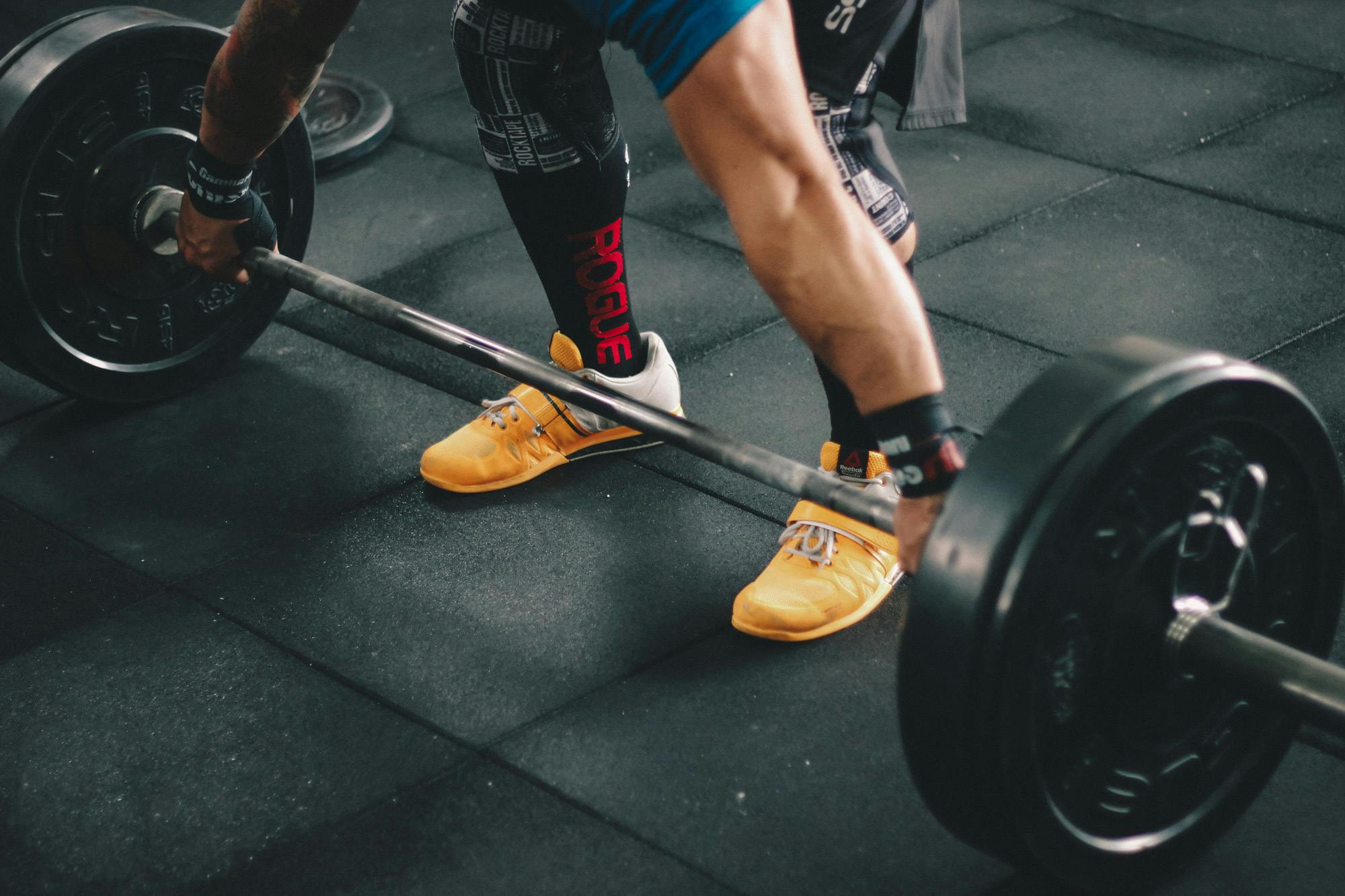 Many patients are asking if they can still do weight lifting since they have keratoconus. During weight lifting, in order to carry tons of weight, a powerlifter may utilise a breathing pattern which involves Valsalva manoeuvre. According to wikipedia, the Valsalva manoeuvre is performed by moderately forceful attempted exhalation against closed airway, usually done by closing one's mouth, pinching one's nose shut while pressing out as if blowing up a balloon. Other situations where Valsava manoeuvre is done are during diving, hyperbaric oxygen therapy, air travel and sometimes even going to the restroom doing your number 1.
Many patients are asking if they can still do weight lifting since they have keratoconus. During weight lifting, in order to carry tons of weight, a powerlifter may utilise a breathing pattern which involves Valsalva manoeuvre. According to wikipedia, the Valsalva manoeuvre is performed by moderately forceful attempted exhalation against closed airway, usually done by closing one's mouth, pinching one's nose shut while pressing out as if blowing up a balloon. Other situations where Valsava manoeuvre is done are during diving, hyperbaric oxygen therapy, air travel and sometimes even going to the restroom doing your number 1.
According to Findley, Keating and Toscano (2003), the Valsalva manoeuvre is commonly used in powerlifting to stabilise the trunk during activities such as squat, deadlift, and bench press. So what happens to the cornea when Valsalva manoeuvre is done? A study by Drun et al (2017) recorded the measurements of the corneal curvature, central corneal thickness, corneal apex thickness, thinnest corneal thickness, corneal volume, anterior chamber volume, anterior chamber depth, and iridocorneal angle with a Pentacam Scheimpflug camera before and during the Valsalva manoeuvre. The results showed no significant changes on the corneal measurements, however, the anterior chamber volume, anterior chamber depth and iridocorneal angle decreased markedly, so this can be an issue for those with glaucoma.
This being said, does this give keratoconus a go signal to do powerlifting? We still do not know how this activity can affect the corneal morphology in the long run as the study was done comparing the before and during Valsalva manoeuvre only. If you can help it though, try not to lift weights that you know that are too heavy for you. It is still better to be on the safe side than sorry. You may also consult your corneal specialist about it.
So...no then??
ReplyDeleteim having this keratoconous problem since i can remember and also doing weight lifting for about 4 years straight now. did cross linking surgery and still continuing my profession and nothing bad happened so far for power lifters i dont know maybe they had better to quit
ReplyDelete